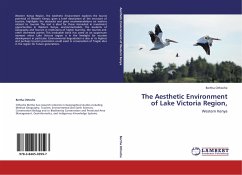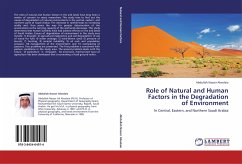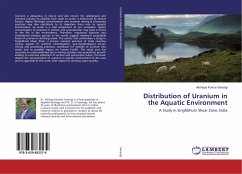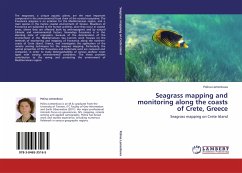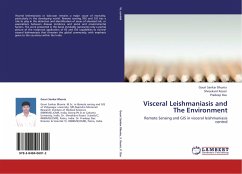
Visceral Leishmaniasis and The Environment
Remote Sensing and GIS in visceral leishmaniasis control
Versandkostenfrei!
Versandfertig in 6-10 Tagen
39,99 €
inkl. MwSt.

PAYBACK Punkte
20 °P sammeln!
Visceral leishmaniasis or kala-azar remains a major cause of mortality, particularly in the developing world. Remote sensing (RS) and GIS has a role to play in the detection and identification of areas of elevated risk, or associations between disease incidence and social and environmental factors. The work presented in this book inevitably represents only a partial picture of the reciprocal application of RS and GIS capabilities to control visceral leishmaniasis that threaten the global community, with emphasis given to the countries within the India.



